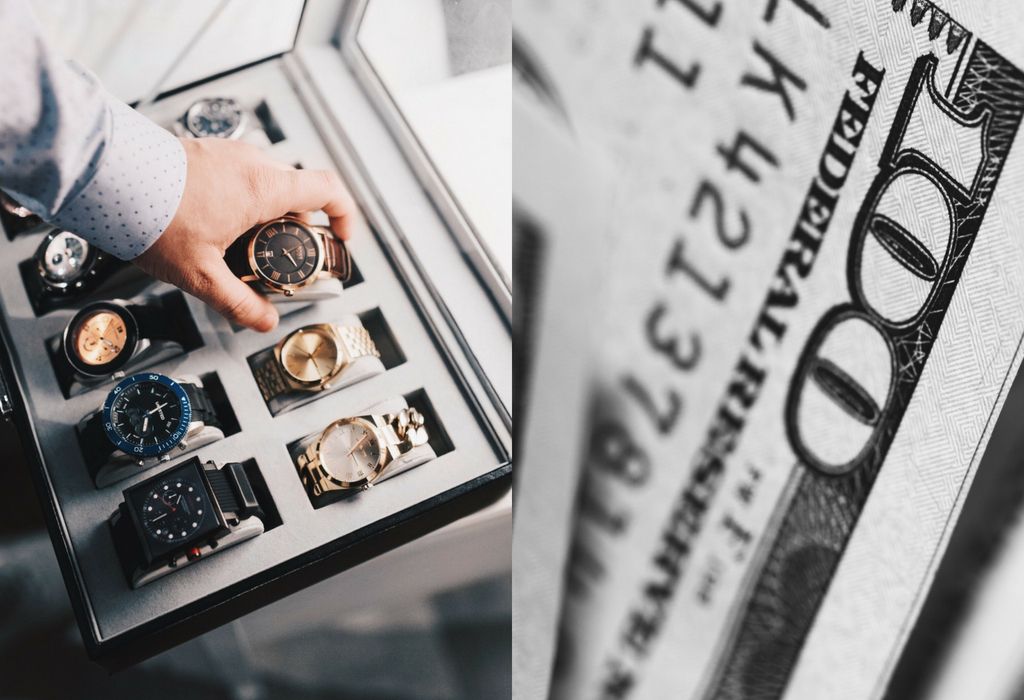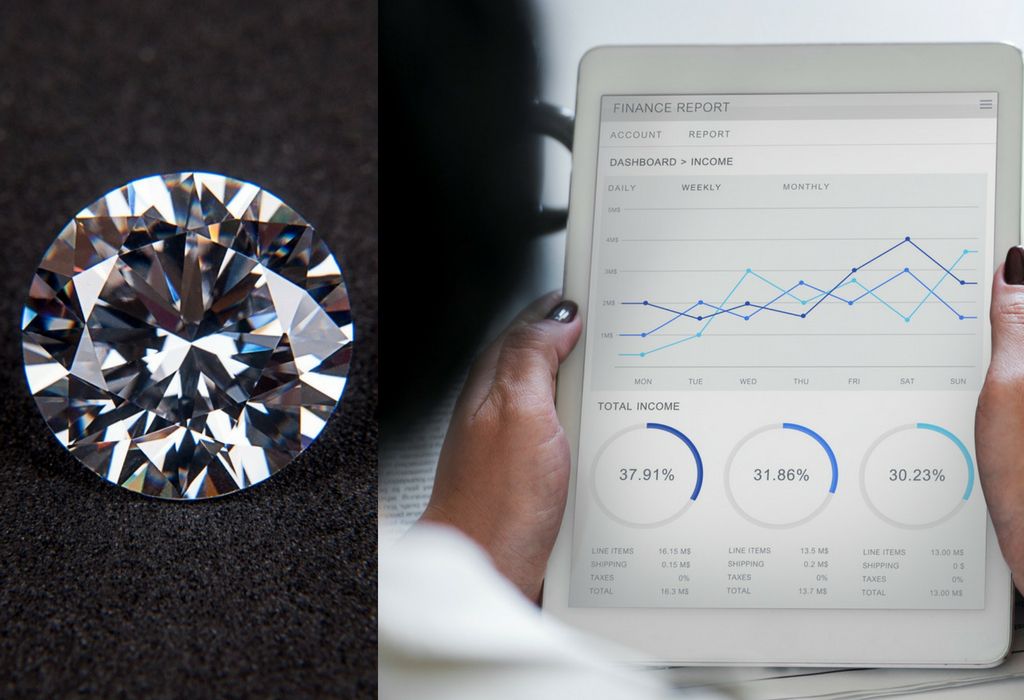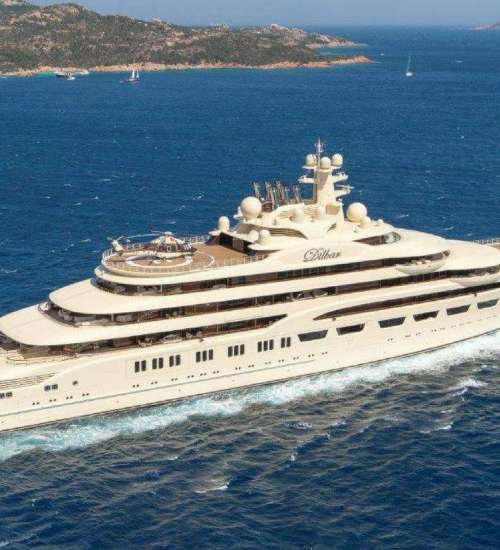How are luxury products priced, and how is the pricing strategy different from ordinary consumer products?
Similar to ordinary consumer products, the pricing of luxury goods needs to be based on the perceived value to consumers. To measure this value to consumers, it is necessary to understand the two components of any value proposition: functional and emotional value drivers. This is where the key difference lies between ordinary consumer products and luxury ones.
For consumer products, functional value drivers constitute the base of a product and are most important in terms of pricing. In contrast, the emotional value of a product determines the premium of a luxury good.
Emotional drivers like brand, uniqueness or prestige are the most important for the buying decision, thus, emotion-based value-to-consumer have to be assessed and accounted for in the price of a product.
Luxury companies need to precisely measure the perception of their brands’ value within their customer segments.
Other approaches to set prices are not applicable for luxury products. Production costs are of little relevance for the value-to-consumer, and therefore give no indication to set optimal prices. Competitor and market prices are not decisive points of reference either.
As luxury products have strong emotion-driven unique selling propositions, it makes it difficult to compare products between competitors. The success of luxury pricing lies in quantifying the value-to consumer regardless of costs, competitor or market prices.
Is demand-supply ratio a big factor in the pricing luxury products, or are there other important considerations that determine their pricing?
For consumer products – and in all other industries – demand decreases as price increases. For luxury products, this is not always the case; volume may even increase together with prices.
The reason is that a higher price is often perceived as a higher value, and therefore does not always mean lower demand. Luxury shoppers look for rarity, quality and refinement, and pricing is one of the most efficient ways to indicate these factors.
Nevertheless, this does not mean that prices can be increased and demand will rise indefinitely. At some point, a higher price will hurt demand. The profit potential is limited by the overall emotional value of a product, and the key is knowing where this point lies.
Another element to consider is that the price is not an important buying criterion for luxury shoppers – whereas it is for most other products. However, consumers in the luxury segment want to see ‘fair’ prices as much as any other consumer.
How did luxury products evolve as a category, and what qualities do they have that allow for their unusual valuation and pricing?
Multiple aspects of the luxury category have evolved recently. Several key luxury brands have started to harmonize their prices globally, especially between Asia and Europe. The large price differences between countries – some prices can be doubled – are reducing over time.
Consumers’ value drivers are shifting. For instance, in a key luxury market, China, brand logo visibility used to be the main driver. This led many luxury brands to create products where the logo was prominently shown. Now, product style, product quality, and comfort are far more essential for Chinese consumers than the visibility of the brand logo.
Finally, luxury brands were late to embrace e-commerce. Until recently, online was considered as a threat as brands have less control on prices and product presentation, as well as due to the increased price transparency. However, online shopping has now become a privileged buying channel for luxury goods, as brands see online as an opportunity to open new markets.














 Back
Back
